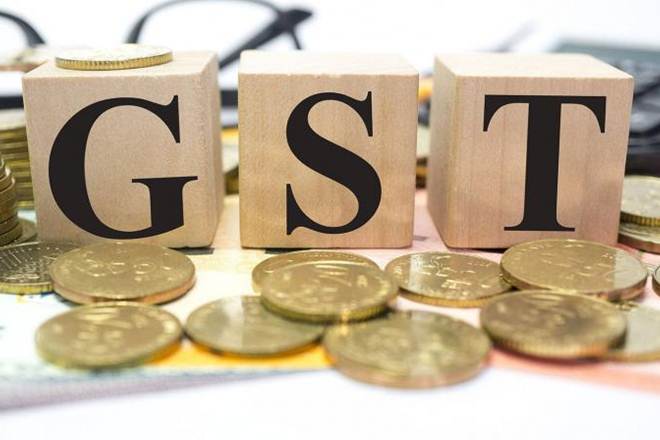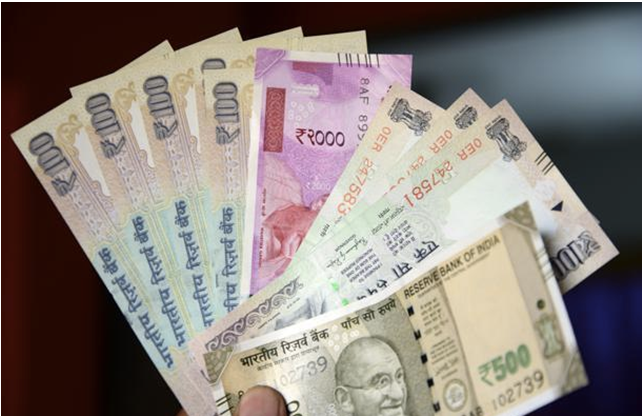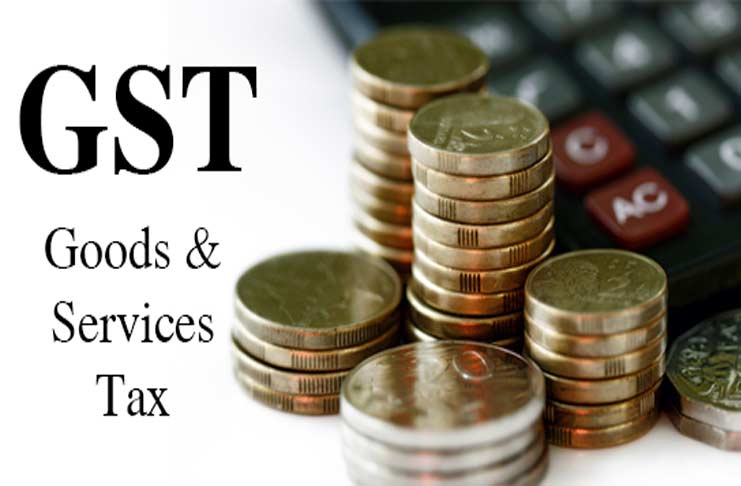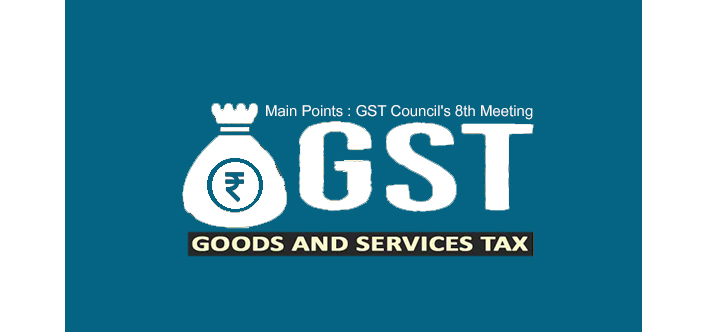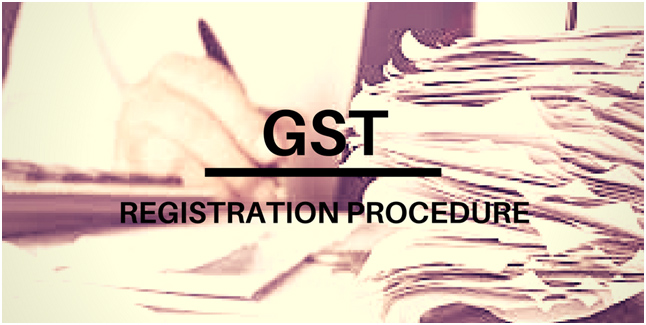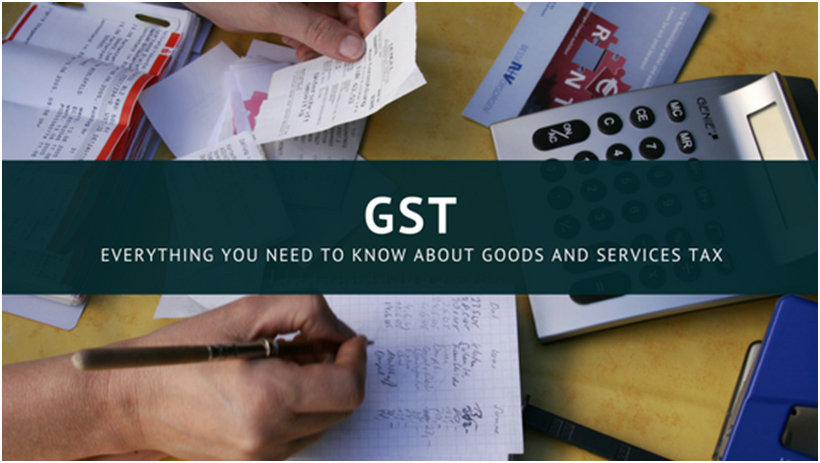What is GSTR 3B?
GSTR 3B is a simple return form introduced by the CBEC for the month of July and August. You have to file a separate GSTR 3B for each GSTIN. For uploading GSTR 3B you do not required to provide invoice level information. Only aggregatevalue of each rate of GST needs to be filled either of Inward Supply or Outward Supply.
What is GSTR 1?
GSTR 1 is a monthly return that should be filed by every registered dealer. It contains details of all outward supplies i.e sales. GSTR 1 contains details of all the sales transactions of a registered dealer for a month.
The GSTR 1 filed by a registered dealer is used by the government to auto populate GSTR 3 for the dealer and GSTR 2A for dealers to whom supplies have been made.
GSTR-1 should be filed even if there is NIL returns to be filed (no business activity) in the given taxable period.
What is GSTR 2?
Every registered taxable person is required to give details of Inward Supply, i.e., purchases for a tax period in GSTR-2.
GSTR-2 contains details of all the purchases transactions of a registered dealer for a month.
It will also include purchases on which reverse charge applies.
The GSTR-2 filed by a registered dealer is used by the government to check with the sellers’ GSTR-1 for buyer-seller reconciliation.
What is GSTR 3?
GSTR-3 captures the aggregate level outward and inward supply information which will be auto populated through GSTR 1 and GSTR 2.
Information would be updated in real time about Input Tax Credit ledger, Cash ledger and Liability ledger. Details of payment of tax and ITC under various tax heads of CGST, SGST, IGST and Cess would be auto-populated from the debit entry in credit/cash ledger, irrespective of mode of filing return.
Taxpayer will also have the option of claiming the excess payment of tax as refund for which there will be a field in this return. The return would also have a field to enable the taxpayer to carry forward the excess ITC balance.
CIRCULAR No. 7/7/2017
While filing GSTR 3B in August for the Month of July’17, a lot of mistakes were made, but not to worry the GST Department published a circular stating correction procedures to be followed in case of any error made while the filing of GSTR 3B ( July’17). The types of errors that could have been occurred with their respective correction procedures is as follows:
- Short/Excess Outward Supply Reported
In case the tax payer has filed GSTR 3B by reporting a Short/Excess Outward Supply, then the tax payer shall report the correct value of Outward Supply in Form GSTR 1. No details of Outward supply will be provided on Form GSTR 2 and after submitting both GSTR 1 and GSTR 2, Form GSTR 3 will be Auto Generated.
- Short/Excess Inward Supply Reported
In case the tax payer has filed GSTR 3B by reporting a Short/Excess Inward Supply, then the tax payer shall report the correct value of Inward Supply in Form GSTR 2. No details of Inward supply will be provided on Form GSTR 1 and after submitting both GSTR 1 and GSTR 2, Form GSTR 3 will be Auto Generated.
- Short Tax Payment- Due to Short Reporting Of Outward Supply
In case there is a short Payment of Tax By the Taxpayer due to short reporting of Outward Supply in GSTR
3B, then he can make the appropriate corrections in Form GSTR 1and after that the short tax paid will need to paid in Form GSTR 3 along with the Late Payment Of Tax Interest.
- Short Tax Payment- Due to Short Reporting Of Outward Supply
In case there is a Short Payment of Tax By the Taxpayer due to excess claim Of ITC in GSTR 3B, then he can make the appropriate corrections in Form GSTR 2 and after that the short tax paid will need to paid in Form GSTR 3 along with the Late Payment Of Tax Interest.
- Short ITC Claimed
In case there is a Short Claim of ITC by the Taxpayer in GSTR 3B, then he can make the appropriate corrections in Form GSTR 2 and after that the excess tax paid will be shown in the credit ledger after submission of Form GSTR 3.
- Excess Output Tax Liability
In case there is a Excess Output Tax Liability reported By the Taxpayer in GSTR 3B, then he can make the appropriate corrections in Form GSTR 1 And Form GSTR 2 and after that the excess tax paid can be utilized for decreased ITC as per Form GSTR 3B or it can be carry Forwarded to the next month return.
- Non Submission Of GSTR 3B/ NON Payment Of Tax Liability
In case the Tax Payer fails to file GSTR 3B or doesnot pay the tax liability, then the tax payer must furnish details appropriately in form GSTR 1 and GSTR 2. Then while filing Form GSTR 3 the tax payer should pay the Tax Liability along with the interest on Late Payment of Tax. As per Notification 28/2017 dated 01/09/2017, no Late Charges shall apply for Non Filing of GSTR 3B.
| GSTR 3B | GSTR 1 | GSTR 2 | GSTR 3 |
| Short/Excess Outward Supply Reported | FILL CORRECT VALUE | NA | AUTO FILL |
| Short/Excess Inward Supply Reported | NA | FILL CORRECT VALUE | AUTO FILL |
| Short Tax Payment- Due to Short Reporting Of Outward Supply | CORRECTIONS | CORRECTIONS | PAY TAX PLUS INTEREST |
| Short Tax Payment- Due to Short Reporting Of Outward Supply | NA | FILL CORRECT VALUE | |
| Short ITC Claimed | NA | FILL CORRECT VAULE | After Submission of GSTR 3, it will reflect in Credit Ledger |
| Excess Output Tax Liability | FILL CORRECT VALUE | FILL CORRECT VALUE | C/f to next Month return ( Or can be utilized for decreased ITC as per GSTR 3B) |
| Non Submission Of GSTR 3B/ NON Payment Of Tax Liability | FURNISH DETAILS | FURNISH DETAILS | PAY TAX PLUS INTEREST |
NOTE: Calculation Of Interest On Late payment of Tax Liability shall be calculated @ 18% on daily basis. The interest shall be calculated from 26th August’2017 for the month of July’ 17
For more information, feel free to reach us on, info@gapeseedconsulting.com or call +91-9599444639/+91-9599444630

